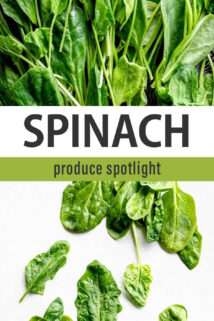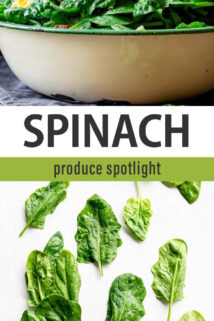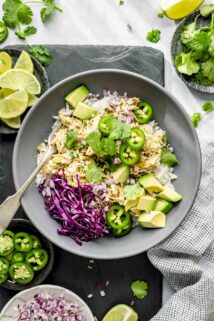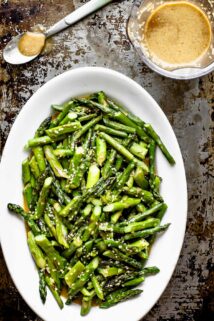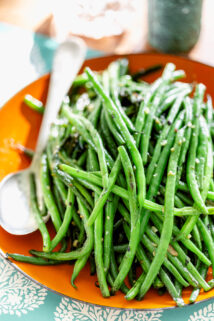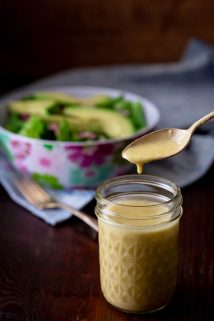Produce Spotlight: The Ultimate Guide To Spinach
Spinach is one of the most versatile and healthy greens as it can be cooked or served raw. You may wonder, where does spinach grow? Is it healthier cooked or raw? What is the best cooking method? In this month’s Ultimate Guide to Spinach, I will provide growing information, discuss nutritional benefits and share some of my favorite cooking tips and recipes!
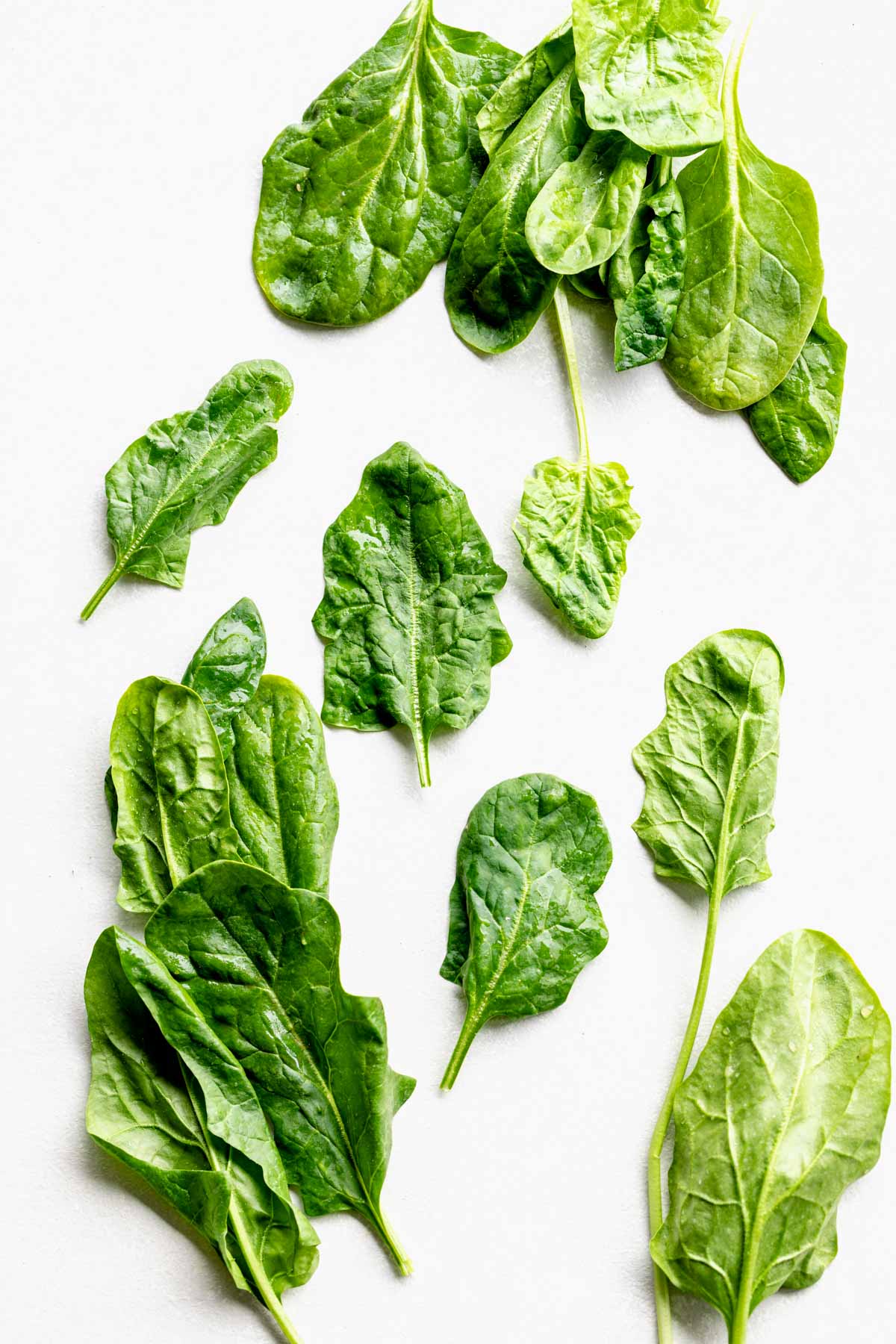
Origin and Growing Information
Origin
Spinach was initially a wild flowering plant found in Persia (modern-day Iran). The plant started to globalize after being brought to Nepal and China at least 2,000 years ago. The USDA classified species Spinacia oleracea belongs to the subfamily Chenopodioideae and is cultivated across the world for its leafy greens.
Weather
Spinach is a cool-weather crop that needs 6-8 weeks of 50-70°F soil. It can be planted in early spring as soon as the ground thaws and again in the fall, once the weather cools.
Conditions
Plants grow in full sun, however, if you live in a hot and dry region, plant in a partially shady area.
Soil should be well-drained and at the right temperature. Try using layers of mulch to control soil temperatures.
Spinach Varieties
Some distinguishing factors among varieties include texture (smooth or savoyed), leaf color and shape, and resistance to temperatures.
- ‘Malabar’ and ‘New Zealand Spinach’ are best for hot weather.
- ‘Bloomsdale’ produces thick savoy leaves and is best in colder temperatures.
- ‘Space’ is a smooth to semi-savoyed variety for all seasons.
An extensive list of varieties and characteristics can be found on Johnny’s Seeds.
Growing Tips
- Plant from seed directly into the ground successively (every 10-14 days) through the season.
- Space rows a foot apart, Seeds should be 2-4 inches apart and ½ deep and covered with light soil.
- Germination will begin in 5-10 days, but it may take longer if the weather is still cold.
- Once seedlings sprout, thin plants by cutting the smaller leaves off.
Harvesting
Once leaves are large enough for consumption, begin harvesting by cutting at the base or picking layers by hand. Don’t wait too long to harvest as leaves can turn bitter.
For more information on planting your own crops, check out The Old Farmer’s Almanac and Harvest to Table.
Nutrition Information
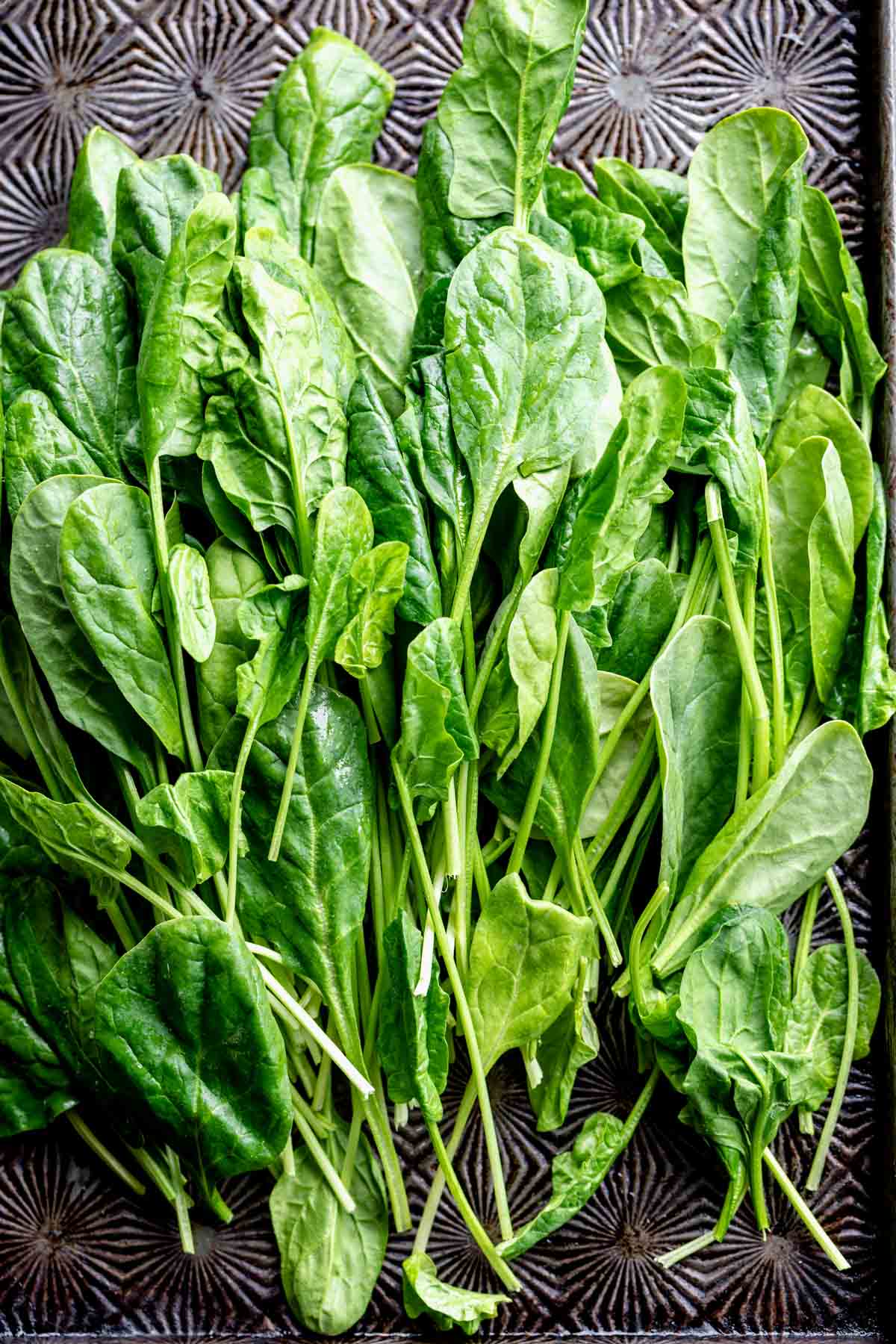
Health Highlights
- Spinach is rich in magnesium, iron, manganese, and potassium.
- Just 1 cup raw or cooked provides the daily value of Vitamin K, a fat-soluble vitamin that is essential for blood clotting and cell growth.
- It also offers ample amounts of Vitamin A and Vitamin B9 (Folate).
- According to this scientific study published in the journal Food Chemistry, Spinach contains Carotenoids. These are plant pigments with antioxidant properties.
Spinach in Smoothies
The addition of spinach to a green smoothie can help you reach the suggested daily serving of vegetables outlined in the USDA dietary guidelines.
Blending the leaves does not compromise the nutritional value and it is a great way for children to increase vegetable intake as noted in this study published in the research journal, Appetite. Try also my Super Green Antioxidant Smoothie with Green Tea.
Digestion
The fiber and water content can promote healthy digestion. If you experience GI issues, cooking the leaves to be more tender is best. Try my high fiber recipe for Super Green Edamame Hummus with spinach.
Spinach FAQs
Too much heat or too little water will cause plants to seed and bolt by growing flower stalks. The leaves are still edible but they will taste bitter.
Poor drainage, damaged roots, hot temperatures, and poor soil pH are causes for yellow leaves.
Chlorophyll, the green pigment involved in plant Photosynthesis, provides a vibrant color.
Yes. Spinach cooks down therefore you get more vitamin K, and other fat-soluble compounds, in a ½ cup of cooked greens since the serving would essentially contain more spinach.
Raw spinach contains oxalic acid, a compound that can adversely affect the body’s ability to absorb nutrients. The acid content decreases when cooked.
Conversely, cooked leaves may have fewer water-soluble compounds (Vitamin C and B vitamins) than raw.
Cooking Information
How To Clean Spinach
I grow spinach in my garden every summer, and I have spent my fair amount of time washing it as a result! Here are my top tips.
- If the stems are long, tear them off (or cut them) at the base of each leaf.
- Fill a salad spinner (that’s an affiliate link) with cool water.
- Add the spinach to the salad spinner, and swish gently.
- Lift the basket out allowing the grit to fall to the bottom of the spinner.
- Then pour the water and grit out.
- Repeat rinsing if necessary. Home grown will need two more washes, mature spinach from the grocery store or farmers’ market sold in bunches is usually quite sandy and will need to be washed twice. Boxed or bagged baby spinach is usually “triple washed” already and only needs one rinsing.
- Spin dry.
Cooking Techniques
How To Wilt It
One of the most basic ways of cooking spinach is to simply wilt it. To do so when you wash it, do not spin it dry.
To Wilt Spinach in the Microwave: Place the leaves into a microwave safe bowl and cover with a layer of parchment paper and plastic wrap. Microwave on high for one minute, or until the spinach is wilted. Stir well.
To Wilt Spinach on the Stovetop, place the wet spinach into a saucepan. Cover and set over medium-high heat and cook until wilted, about 3 minutes. Stir well.
How To Sauté It
Heat oil in a large skillet or Dutch oven. Add cleaned and spun dry spinach. Cook, stirring until the spinach is just wilted, about 3 minutes.
This technique can be made more flavorful by sauteing a couple cloves of chopped garlic before adding the spinach.
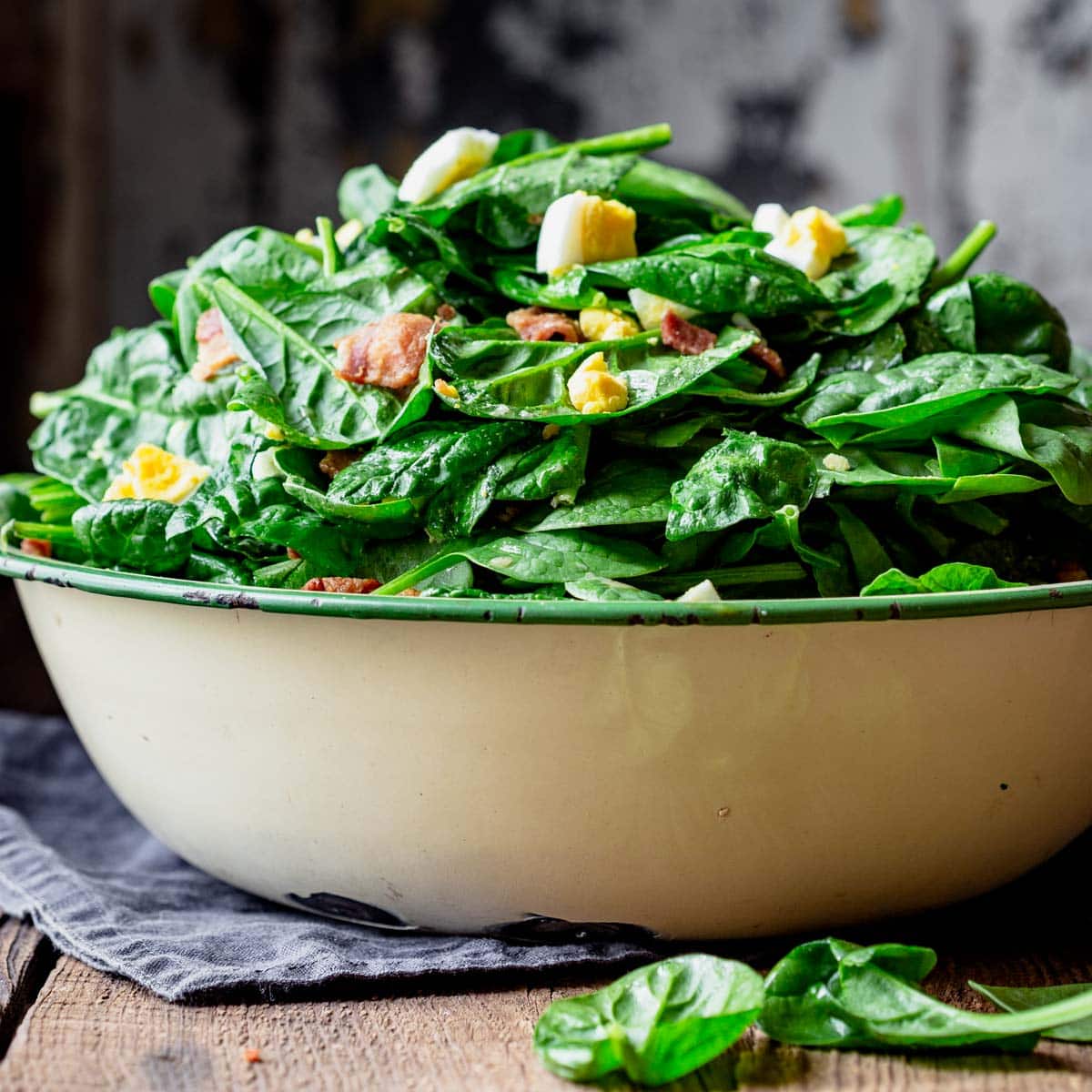
Spinach Recipes
This spinach egg bake is a savory low-carb, make-ahead breakfast.
Our favorite show stopper for a vegetarian main course is our Spinach and Feta Filo Pie.
Spinach and bacon are a timeless salad combo. Here are some of my favorite salads that include both:
- spinach salad with bacon eggs
- spinach and scallion salad with hot bacon dressing
- spinach salad with maple ranch dressing and beets
The possibilities don’t stop there. If you are short on time, these meal prep spinach beet and chicken power salads would be a great option!
Recently I stirred spinach into my Chickpea Stew and added it to this Stuffed Sweet Potatoes recipe to increase the veggie servings and nutrient density. It also plays a supporting role in casseroles for similar reasons: try this Mexican Casserole or these individual Vegetarian Shepherd’s Pies.
Greens are a great addition to any comfort food. Although we’re nearing warm weather, it’s not too late to try making cheddar creamed spinach, stuffed shells with spinach, or healthy beef lasagna with spinach and basil for a hearty meal.
Step up your sauce game, and utilize more greens by making a pesto! This slow cooker ham barley soup with spinach pesto or spinach pesto and cheddar quesadillas are two nutrient-packed dishes to try.
Spinach and bacon deviled eggs are an appetizer to serve at your next function! Or this platter of White Bean Bruschetta with garlicky greens is another way to enjoy it for a party.
Start your day with a Cheese and Spinach Omelet and have a Vegetarian Reuben for lunch with spinach in it.
Thank you for reading. If you haven’t already, please sign up for my email newsletter and follow me on instagram! If you have any questions, please leave a comment below. And be sure to check out our other Produce Spotlights to learn more about seasonal produce.

